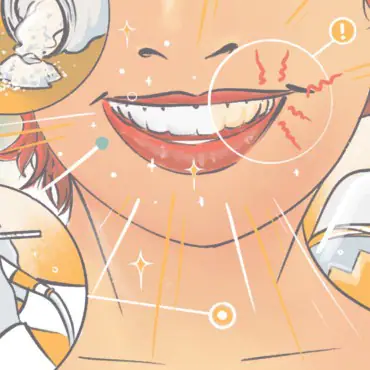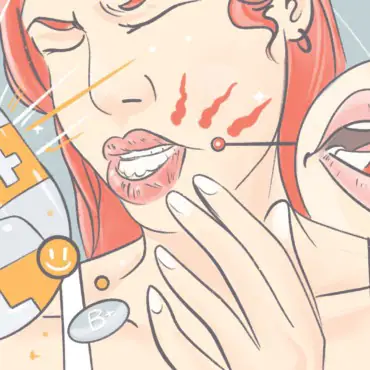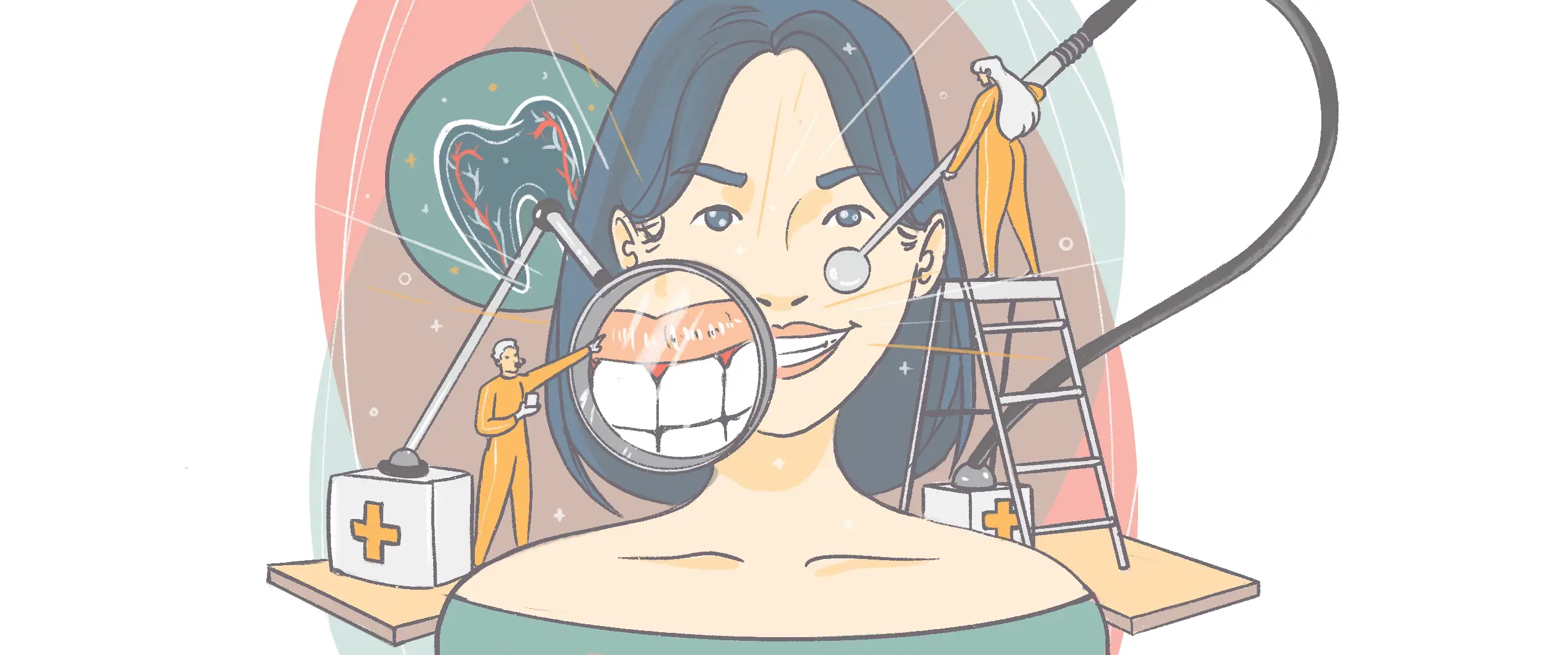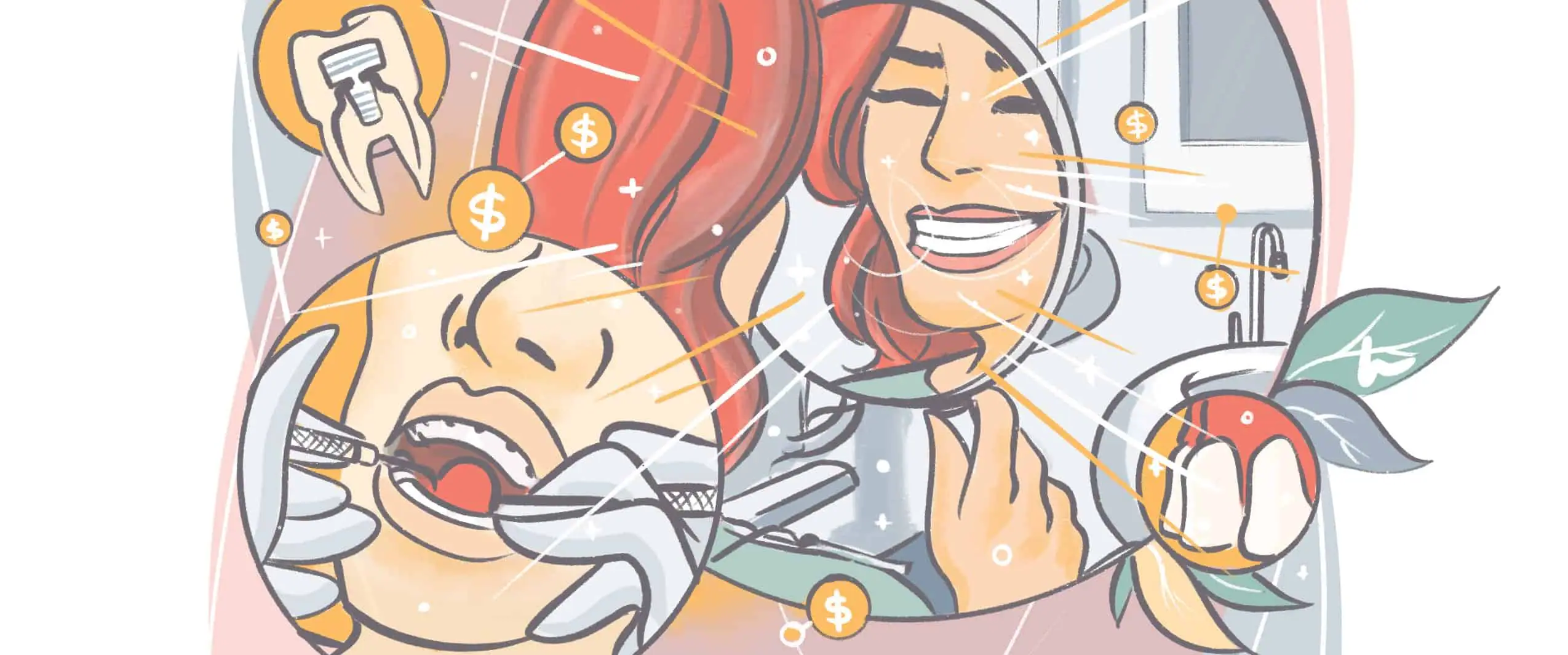Dental issues rank among some of the most prevalent health problems in the world. Even though many dental problems are preventable by taking proper care of your teeth, oral health issues are overwhelmingly common.
Globally, approximately 3.5 billion people suffer from oral diseases and dental problems. As you might expect, the situation is worse in low- to middle-income countries.
In the US, the rate of edentulism (losing all your teeth) and other serious dental problems is declining. This is largely thanks to better oral hygiene, restorative dentistry, and easier access to quality oral health care.
But what is restorative dentistry and what does it do for your oral health? Let’s find out.
What is restorative dentistry?
As a broad definition, restorative dentistry encompasses any type of dental procedure that is used to restore your teeth after some kind of damage. Often, if the tooth is not properly restored, the patient may suffer additional oral health problems.
A common example is filling a tooth. When tooth decay sets in and results in a cavity, it is important to address the issue quickly. Otherwise, the problem could worsen, causing you to eventually lose the tooth. Additionally, the decay may spread to other teeth, further affecting your overall oral health.
We reward you for going to your dental checkup!
Restorative dentistry is not recognized as its own dental specialty. However, a general dentist is perfectly capable of performing restorative dentistry procedures and does so frequently.
What is the difference between restorative and cosmetic dentistry?
Oftentimes, the terms restorative and cosmetic dentistry can be confused. Many of the procedures are the same, which is why it’s no wonder that people get them mixed up.
The main difference between these two types of dentistry is the reason why the procedures are being done. Restorative dentistry focuses on dental issues that, if not resolved, could lead to further oral health problems. Cosmetic dentistry, on the other hand, is more concerned with the appearance of your smile.
You can see why these terms are easy to confuse. Basically, it comes down to whether you need the procedure to maintain oral health or enhance your oral appearance.
It’s important to distinguish between these two dental fields in terms of cost.. Many insurance companies will only cover procedures required for a patient to maintain proper oral health.
What is considered basic restorative dentistry?
If you think of routine procedures like general cleanings and exams as the first rung on the dental care health ladder, minor restorative procedures are one step up. Here are some of the most common procedures that fall into this category.
Fillings
Dental fillings to correct cavities are perhaps the most common type of restorative dentistry. The average American has 3 dental fillings and 25% of the population has 11 or more. It’s likely that you have a filling or two as well. If it has been several months since your last dental examination, it’s important to book a dentist appointment now to be assessed for tooth decay.
Cavities are filled with amalgam, a mercury alloy. Sometimes, you can easily see the metal color and other times a tooth-colored substance is used to hide the filling. The procedure is simple and very effective at stopping the spread of tooth decay and disease.
Root Canals
Sometimes damage can extend through the tooth and into the root. This can happen because a cavity gets out of hand, if the tooth is damaged, or if it becomes infected for some other reason.
Due for a checkup?
Find a top rated dentist near you that takes your insurance.
Some people associate root canal with discomfort. However, in reality, modern-day root canals are straightforward procedures that are effective in restoring a tooth to health and preventing tooth loss. In fact, you can think of it as a more in-depth filling, because essentially, that’s all it is.
The dentist simply drills a small hole in the tooth and clears out the infected pulp. The interior of the tooth is then disinfected and filled and the top of the tooth is covered for protection with a small crown.
Tooth Extractions
Root canals and other procedures can help you avoid having a tooth extracted. Unfortunately, sometimes the damage is too great or the infection has spread too far and the tooth can’t be saved.
In that case, the tooth will need to be extracted. This is another straightforward, restorative procedure.
Losing a tooth can have further repercussions for your oral health, however. Without a replacement tooth filling the gap, other teeth may shift in the mouth. Having gaps in your smile also puts extra strain on your other teeth when biting and chewing. Furthermore, if you lose several teeth, the lack of support can lead to bone loss and even a change in your facial structure.
For that reason, many people opt for further restorative dental procedures.
Periodontal Scaling and Root Planing
This sophisticated terminology indicates in-depth dental cleaning. Periodontal scaling and root planing is used when patients have active gum disease and need a more thorough cleaning underneath the gums.
What is considered major restorative dentistry?
If your dental problems are not corrected with basic restorative procedures, usually you reach a point where you will lose one or more teeth. Then, one of these major restorative dentistry procedures will be required to restore your oral health.
Major procedures will typically require more than one dental visit to complete. Find a dentist and start making regular visits before it gets to this point where your oral health is compromised.
Dentures
Modern dentures are a viable option for many people who otherwise wouldn’t have teeth in either the upper and/or lower gums. Dentures restore oral functions for patients who have experienced severe loss of permanent teeth.
Bridges
You can think of bridges like a partial denture. They can be made to replace one or several teeth. Bridges are usually permanently inserted so you won’t have to worry about them falling out of your mouth. However, this requires grinding down the healthy teeth on either side to use as an anchor point in most cases.
Implants
Implants are the dental prosthetic that is most like natural teeth. They are anchored by implanting a titanium post into the jawbone which acts as a replacement for the root of your tooth. A crown is then mounted on top but is virtually indistinguishable from your natural teeth.
How much does restorative dentistry cost?
As you might imagine, the price of restorative dentistry depends on the procedure(s) you need. If you have dental insurance, many restorative procedures will be covered under your plan. However, any procedures that your insurance company considers to be cosmetic are usually not covered.
Even if you don’t have insurance, basic restorative dentistry procedures are fairly inexpensive. You can expect to pay only a few hundred dollars or less.
If the problems are not addressed early and advance to the point of losing a tooth, you could be looking at between $2,000 and $4,500 to replace one tooth. Full mouth restoration could end up costing as much as $60,000!
In other words, it’s far better for your pocketbook to visit a dentist and address dental issues early.
Where can I find restorative dentistry near me?
Dentists can detect cavities and other issues before you start feeling discomfort, allowing them to correct the problem quickly and easily before it becomes a major issue. In other words, don’t wait until you feel dental pain to visit the dentist. Visiting a dentist regularly can help keep major oral health problems from developing.
Due for a checkup?
Find a top rated dentist near you that takes your insurance.
Don’t have a dentist? Not a problem! Find a dentist near you today and level up your oral wellness.








